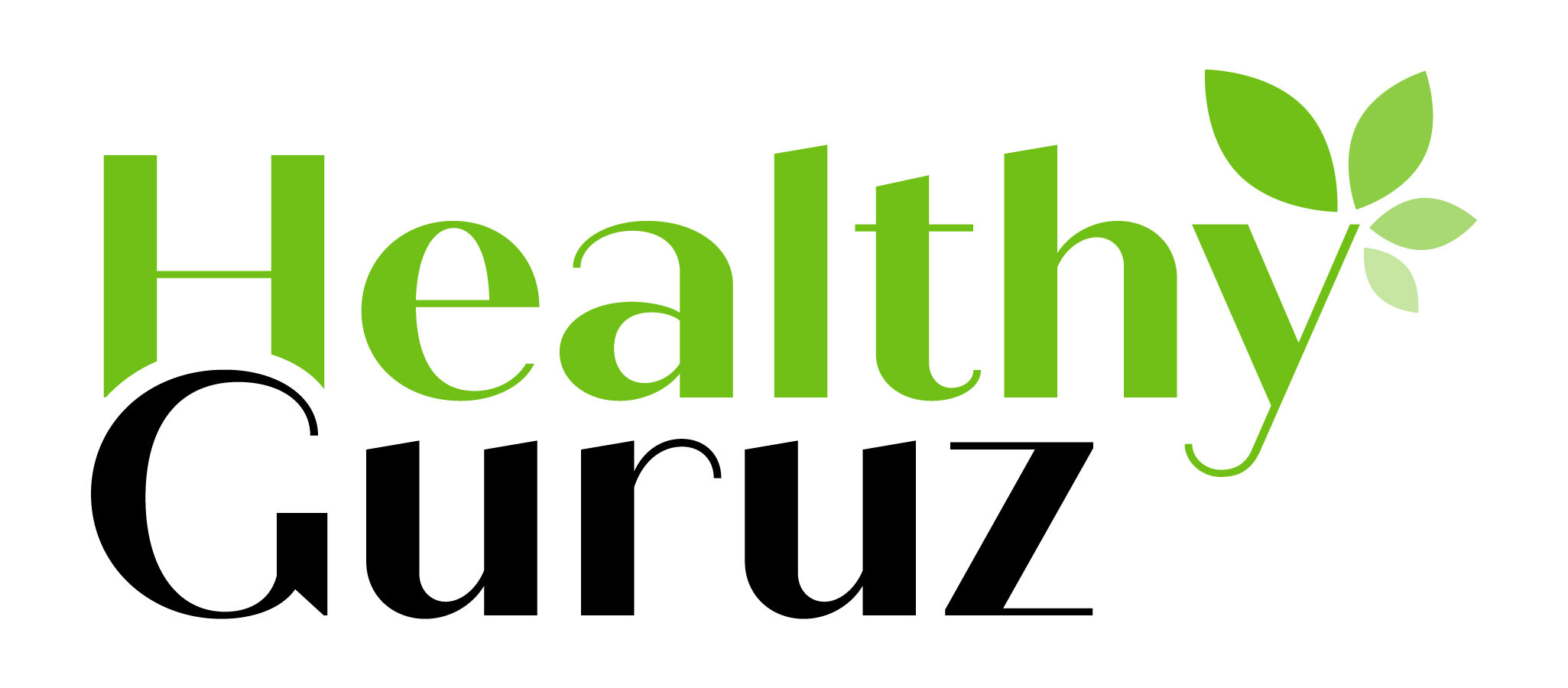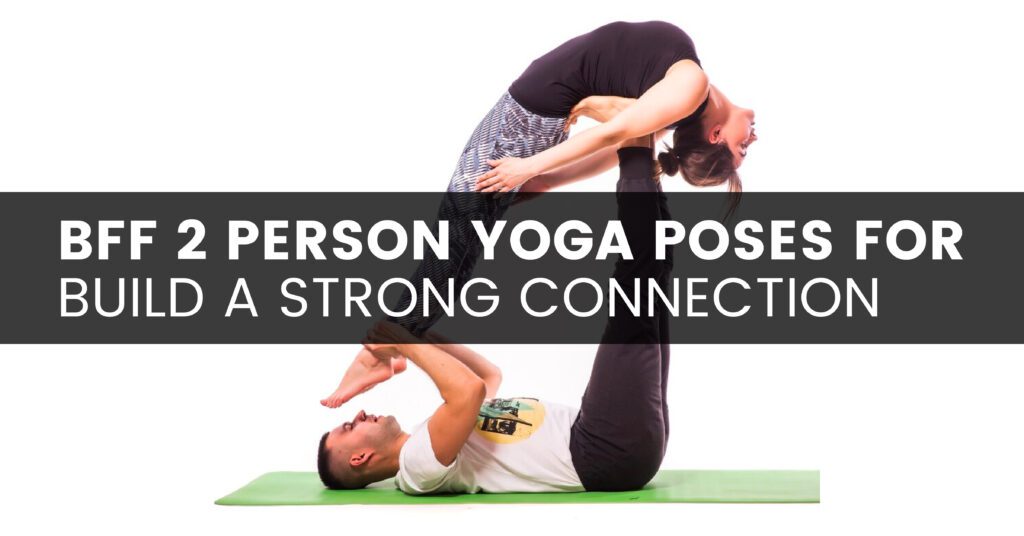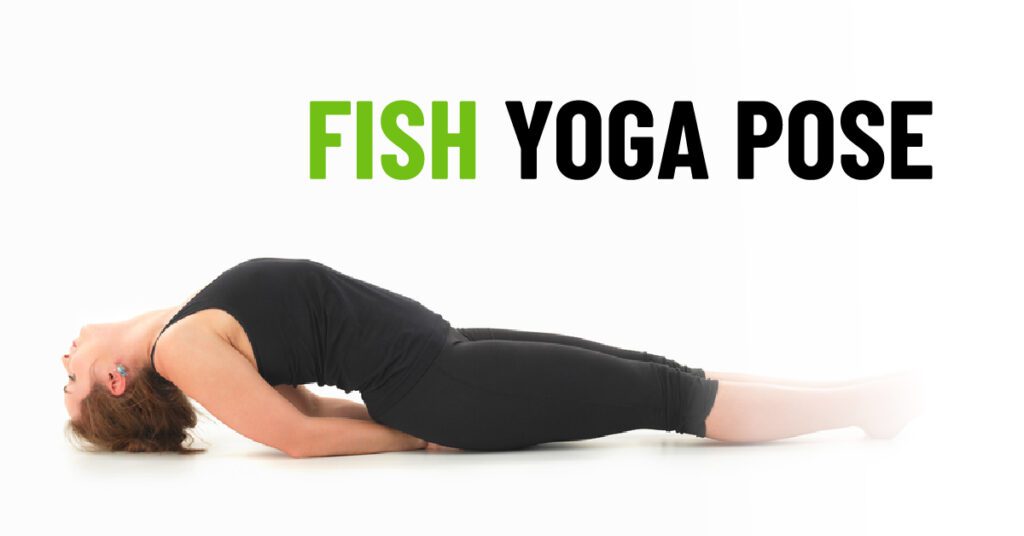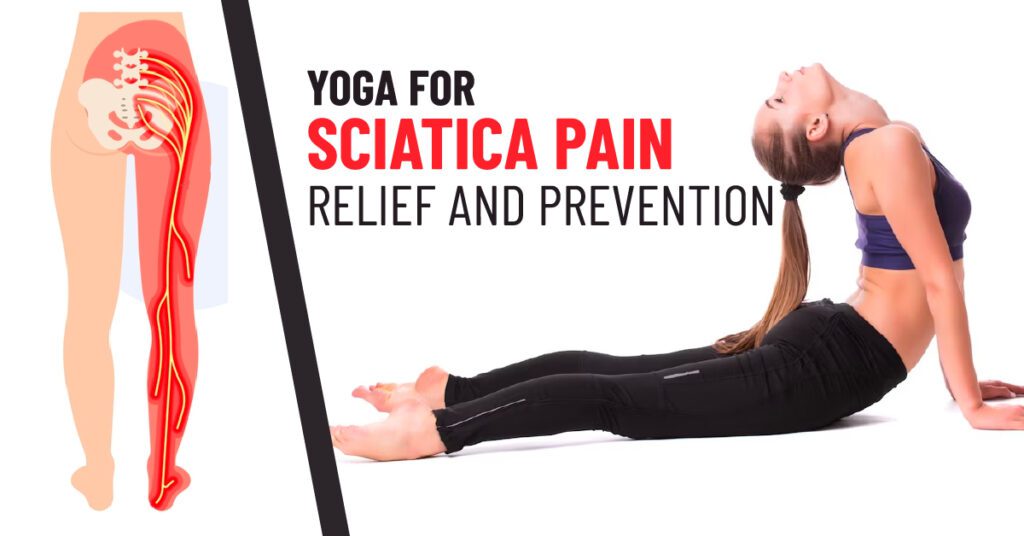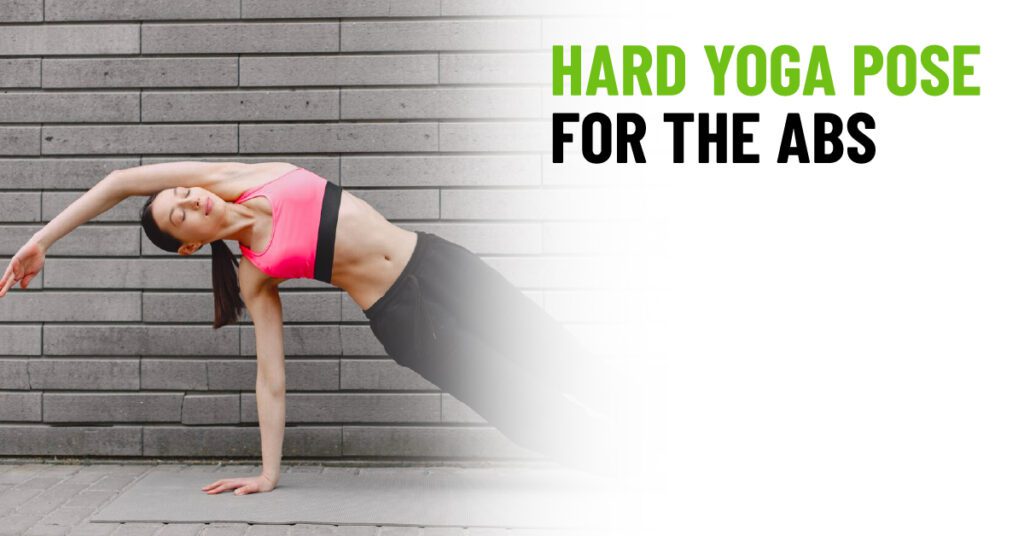Happy Baby Yoga Pose
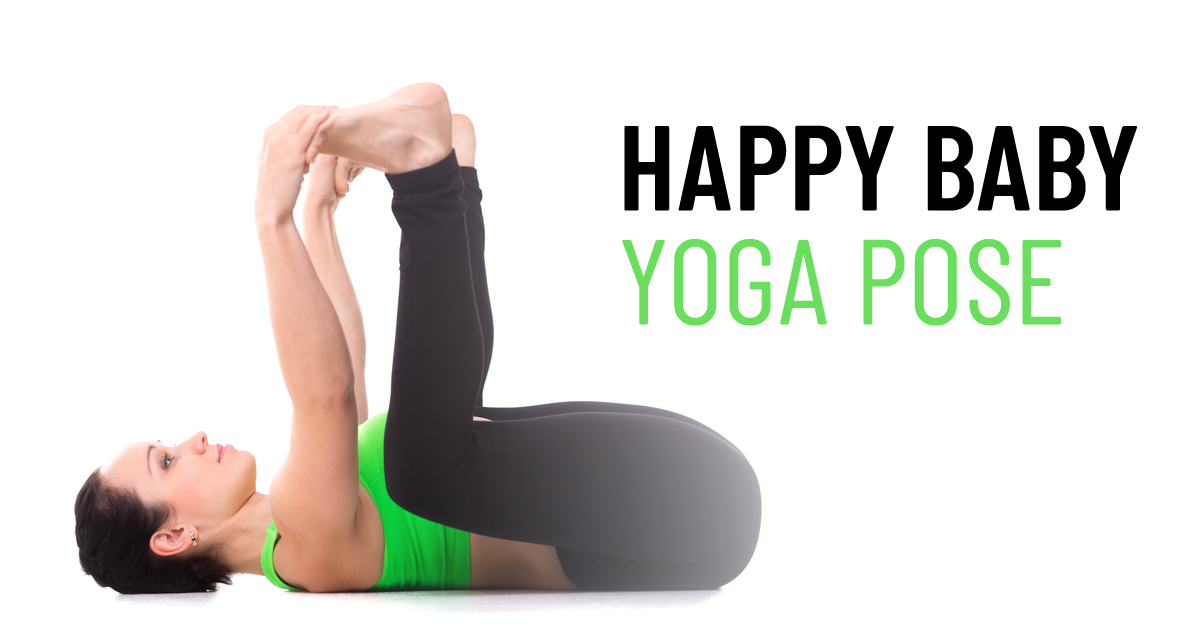
Also available in
Happy Baby Yoga pose is a popular yoga pose that is commonly practiced in yoga classes and home yoga practice. The pose is said to help stretch the hips, inner thighs, and spine while also promoting a sense of relaxation and calm. The Happy Baby yoga pose is suitable for practitioners of all levels, including beginners, and can be practiced on its own or as part of a larger yoga sequence.
If you are looking to improve your flexibility, reduce stress, or simply add a calming pose to your yoga practice, the Happy Baby yoga pose is a great option to consider.
In this article, we will explore the benefits of this yoga pose, including how it can help to stretch and release tension in the hips and lower back, promote relaxation, and improve flexibility.
Additionally, we will offer modifications and variations of the happy baby pose to accommodate different body types and levels of experience.
So, if you are ready to learn more about the Happy Baby yoga pose, let’s dive in!
How to do Happy Baby Yoga Pose
- Beginning on a yoga mat, lie flat on your back. For calmness, take a few deep breaths.
- Bend your knees and bring them towards your chest, with your feet lifted off the ground.
- Place your hands on the outside edges of your feet and open your knees wider than your torso.
- Draw your knees towards your armpits and gently pull your feet down towards the floor.
- Keep your tailbone on the mat and try to maintain a gentle stretch through the hips and lower back.
- If it feels comfortable, you can gently rock side to side or back and forth, allowing the motion to help you relax and release tension.
- Hold the pose for 30-60 seconds, breathing deeply and evenly throughout.
- To release the pose, gently release your feet and lower them to the ground, then release your knees and hug them into your chest.
Benefits of Happy Baby Pose
Stretches the Hips and Inner Thighs :
The Happy Baby yoga pose involves pulling the knees towards the chest, which helps to stretch and open the hips and inner thighs. This can be especially beneficial for those who spend long hours sitting or standing, as it can help to release tension and improve flexibility in these areas.
Relieves lower back tension :
As the knees are drawn towards the chest, the lower back is gently stretched and lengthened, helping to relieve tension and discomfort.
This can be particularly beneficial for those who suffer from lower back pain or discomfort.
Calms the Mind :
The Happy Baby yoga pose can help to calm the mind and reduce stress, making it a great choice for those looking to unwind after a busy day or during times of high stress.
The gentle rocking motion of the pose can also help to soothe the nervous system and promote relaxation.
Helps to Improve Flexibility :
Regular practice of the Happy Baby yoga pose can help to improve overall flexibility in the hips, spine, and lower back. This can help to increase mobility and reduce the risk of injury during other physical activities.
Can Help with Digestion :
As the pose involves gently compressing the abdomen, it can help to stimulate digestion and improve overall digestive function.
May Help to Alleviate Menstrual Cramps :
The Happy Baby pose can be especially beneficial for women, as it can help to relieve menstrual cramps and discomfort.
The gentle stretching and compression of the lower abdomen can help to reduce tension and alleviate pain during menstruation.
Modification and Variation
Here are some modifications and variations of the Happy Baby yoga pose that can help make the pose more accessible or provide additional benefits.
1. Use Props :
- If you have difficulty reaching your feet, you can use props such as yoga straps or towels to help you.
- Simply loop the strap or towel around the arches of your feet and hold onto the ends of the strap or towel to draw your knees towards your armpits.
- You can also use a block or cushion under your head or hips for support.
2. Keep your Legs Higher :
- If you have tight hips or lower back, you can keep your legs higher towards the ceiling, rather than lowering them towards the floor.
- This can help to reduce the intensity of the pose and make it more comfortable for you.
3. Widen your Knees :
- If you have discomfort or pain in your hips or lower back, you can widen your knees further apart.
- This can help to create more space in your hips and reduce the intensity of the pose.
4. With One Leg :
- If you find it challenging to hold both feet at the same time, you can practice one leg at a time. Simply hold one foot at a time and repeat the pose on the other side.
5. Practice against a wall :
- If you have difficulty lying down on the floor, you can practice the Happy Baby pose against a wall.
- Simply lie on your back with your buttocks against the wall and your legs up against the wall. From here, you can hold onto your feet and gently draw your knees towards your armpits.
Safety Precautions for Happy Baby Pose
Knee injuries: If you have a knee injury, such as a torn meniscus or arthritis, you may want to avoid this pose or modify it by keeping the knees bent and feet on the ground.
Lower back pain: If you have lower back pain or a herniated disc, it’s important to be mindful in this pose and avoid pulling or straining the lower back. You may want to keep your legs higher or use props such as blocks or blankets for support.
Pregnancy: If you are pregnant, it’s important to avoid this pose in the later stages of pregnancy, as it can put pressure on the abdomen and compress the baby. It’s best to consult with a prenatal yoga teacher for safe modifications.
Neck injuries: If you have a neck injury or condition, it’s important to avoid lifting your head off the ground in this pose. You can rest your head on a blanket or cushion for support.
Hip or Groin injuries: If you have an injury in your hips or groin, it’s important to be mindful in this pose and avoid pushing too far or causing discomfort. You can modify the pose by keeping your knees bent or using props for support.
CONCLUSION
the Happy Baby yoga pose (Ananda Balasana) is a gentle and playful pose that can bring a sense of relaxation and release to the body and mind.
The Happy Baby pose is beginner-friendly and can be modified to accommodate different body types and levels of flexibility.
However, it is important to be cautious if you have any injuries or medical conditions and to listen to your body while practicing.
With proper alignment and modifications, the Happy Baby Yoga Pose can be a wonderful addition to your yoga practice and a great way to connect with your inner child-like nature.
